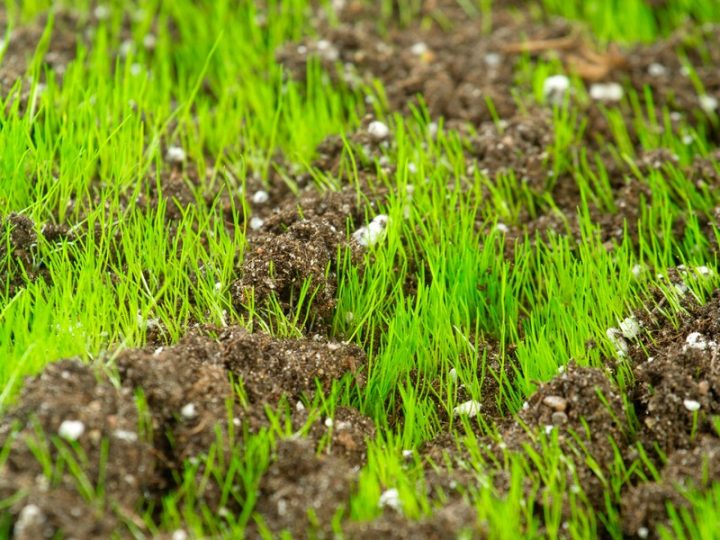One of the most common things that we are asked about is why grass doesn’t grow so well in the shade. You’d be correct in thinking that lack of sunlight is a contributing factor to poor grass growth and health. But there are other factors which can affect your lawn’s health when trying to grow in low light conditions. What causes the shade can affect your lawn in different ways.
Building/structural shade
Almost every garden has some form of man-made shade during some parts of the day. The problem here is lack of sunlight reaching the grass leaves. This in turn reduces the rate of photosynthesis and therefore the green pigment in your lawn is weak. Some species are more suited to low light conditions, which can help to reduce the problem of poor growth.
If your lawn is shaded, you should make sure that you are using the best grass species. Finer leaved grasses, such as fescues and bents tend to outperform their ryegrass counterparts. When choosing a seed mixture, make sure you look out for one that has been specifically formatted to grow in the shade. Lawn UK’s Premium Shade is a top performer in this category.
Natural/trees & plants shade
If you’re lucky enough to have lawn surrounding large trees in particular, you will likely struggle to keep your lawn looking tip-top. In fact, with trees, lack of light is not the only cause for concern. Certain tree species can drain a lot from the soil, both in terms of nutrients and water. This will leave anything else competing for the available resources.
In a situation like this, it’s advisable for you to use a mixture containing species with more complex root structures. A typical ryegrass based mix, whilst cheap and hard-wearing doesn’t have particularly deep roots, and therefore isn’t able to access moisture and nutrients that other species can. If your soil is particularly well-draining and dried out by trees, you can consider using a mixture such as Drought Buster.
Fertilise with caution
Applying fertiliser to improve your lawn may seem logical. In many cases, the results, especially when combined with overseeing are highly desirable. That being said, it’s important to consider that in low light conditions, fertiliser can sometimes have negative effects.
Unless using a slow release fertiliser, the effect of added nitrogen can result in a sudden growth of plants, which will cause them to grow up, rather than out. This will result in a lawn which is less thick in the bottom.
Conclusions
If you’ve already tried to establish or improve an area of lawn in shaded conditions, it may be worth looking closely at the mixture you’ve used to ensure that you’re using the best species. Fertiliser can be used too, but make sure to choose an appropriate balance.


